Journey Beyond Boundaries:Experience Nepal's Majesty, Culture, and Adventure
34 Years of Experience
ABOUT US
Connecting People to Cultural Pathways of Nepal
At Connections Nepal, our mission is to create opportunities for meaningful connections to the people and culture in one of the most stunningly beautiful countries in the world.
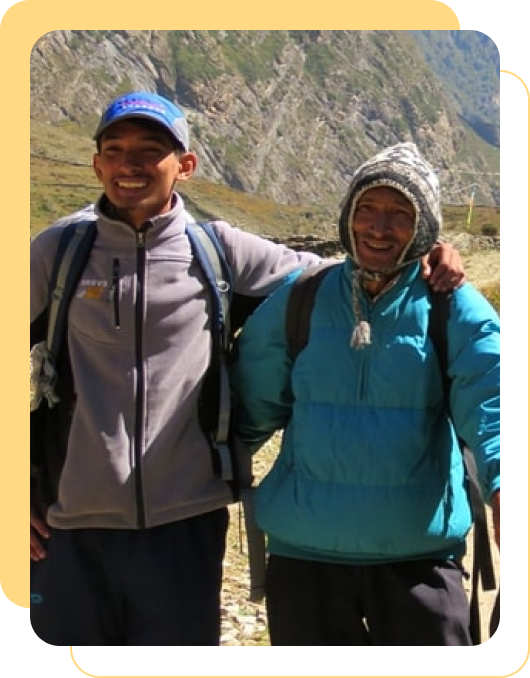
Some of our most Popular Trekking Tours
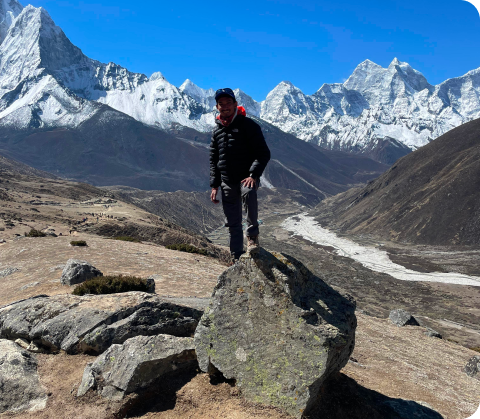
Everest Base Camp Trek
The Everest Base Camp Trek isn’t just a trek; it’s a deep dive into the soul of the Himalayas. Imagine starting your journey with a thrilling flight into Lukla, often called one of the most scenic airports in the world.
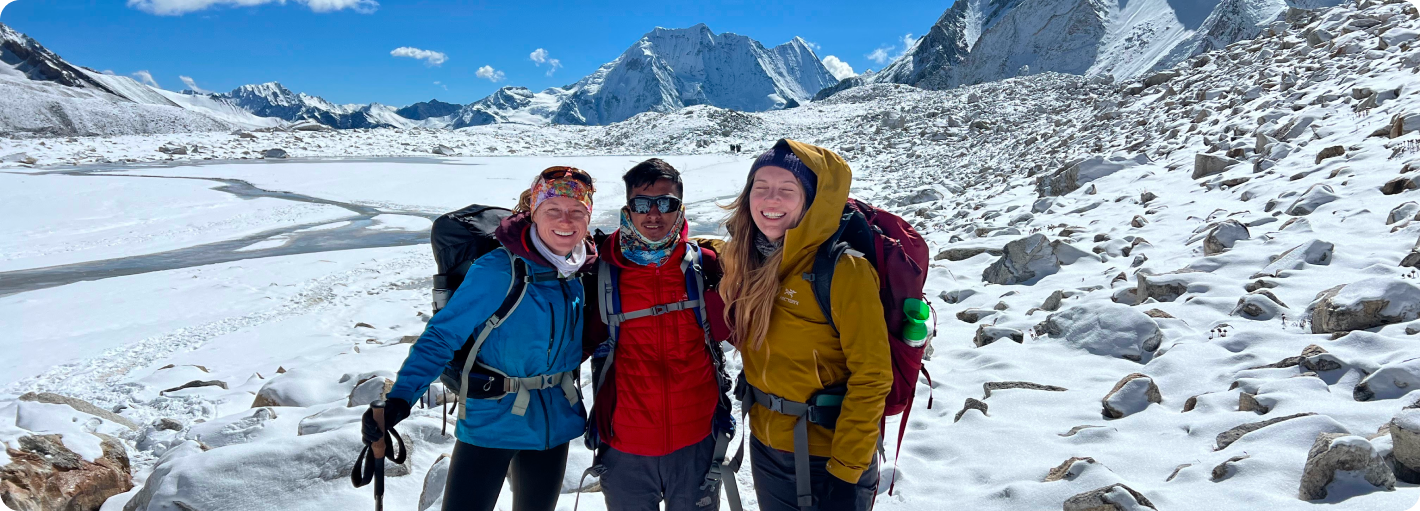
Manaslu Circuit Trekking
Manaslu Circuit trekking is a popular challenging trekking Located in the western region in Nepal. The Manaslu Circuit trek, a remote trek offers to explore cultural and topographical diversity
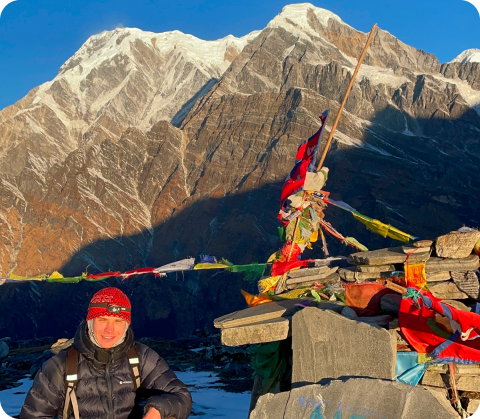
Short Mardi Himal Trekking
The Mardi Himal trek is a beginner-friendly trekking route in the Annapurna region, perfect for those with limited time.
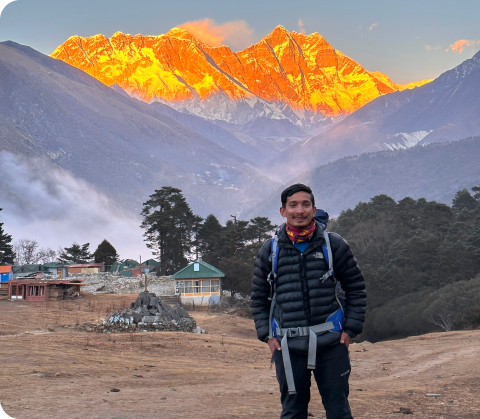
Short Everest Panaroma Trek
Everest Base Camp trekking is the most popular trekking destinations to reach the foothills in the top of the world highest mountain Mount Everest
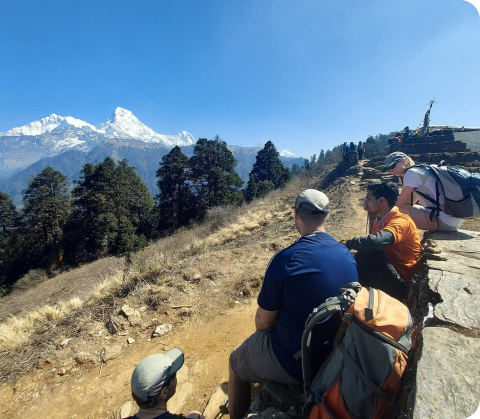
Short Ghorepani Poonhill
Everest Base Camp trekking is the most popular trekking destinations to reach the foothills in the top of the world highest mountain Mount Everest

Langtang with Tamang Heritage
Everest Base Camp trekking is the most popular trekking destinations to reach the foothills in the top of the world highest mountain Mount Everest
Discover the Authentic Spirit of Nepal
Embark on a transformative journey through Nepal, exploring its majestic landscapes and vibrant cultural heritage. Connections Nepal invites travelers to delve deep into the traditions and diverse ethnic communities of this stunning region. With authentic homestays and treks off the beaten path, we offer an unparalleled opportunity to experience the heart and soul of Nepal.
Nepal Travel Informations
Visa Information And Fees
- Your passport must be valid for at least 6 months from the date of entry.
- Payment of the applicable visa fee (can be made in US Dollars or Nepalese Rupees).
- Two passport-sized photographs.
- A completed visa application form.
Entry Points of Nepal:
Tribhuvan International Airport, Kathmandu (Capital City)
Kakarvitta, Jhapa (Eastern Nepal)
Birgunj, Parsa (Central Nepal)
Kodari, Sindhupalchowk (Northern Border)
Rupandehi (Belhiya, Bhairahawa) (Western Nepal)
Jamunaha, Nepalgunj, Banke (Mid-Western Nepal)
Mohana, Dhangadhi, Kailali (Far-Western Nepal)
Gadda Chauki, Mahendranagar, Kanchanpur (Far-Western Nepal)
Visa Fees
15 Days: USD $30 for a single-entry visa valid for 15 days
30 Days: USD $50 for a single-entry visa valid for 30 days
90 Days: USD $125 for a single or multiple-entry visa valid for 90 days Visa Extensions
Visas can be extended for up to 150 days within a visa year (January to December).
- Visa extension for 15 days or less: USD $30
- Visa extension for more than 15 days: USD $2 per additional day
- Visa extension for more than 30 days: USD $60 for an additional 30 days
Getting to Nepal
Nepal has only one international airport, Tribhuvan International Airport in Kathmandu, which serves as the main gateway for travelers. Ongoing construction projects are working to expand international air access, with new airports being developed in Pokhara and Gautam Buddha Airport in Bhairahawa. Currently, Tribhuvan International Airport operates flights on 12 international routes. Flights to Nepal
Europe to Nepal:
The only direct flight from Europe to Nepal is operated by Turkish Airlines. USA AND CANADA TO NEPAL
There are no direct flights from the USA or Canada to Nepal. Travelers typically find it easier to fly to Nepal via connecting hubs such as Bangkok, Malaysia, Qatar, or Singapore. The total travel time is usually between 24 to 36 hours, depending on the route.
Asia to Nepal
There are several other options for traveling to Nepal from this region. Airlines including Biman Bangladesh from Bangladesh, Gulf Air from Abu Dhabi (UAE), Thai Airways and Bangkok Airways from Thailand, and Indian Airlines from India all offer convenient connections to Nepal.
Overland into Nepal
- South Nepal: Sunauli Border
- South Nepal: Raxaul/Birgunj Border
- East Nepal: Panitanki Border
- West Nepal: Mahendranagar Border
Visitors must have a valid passport and visa, which can be obtained at these border entry points.
Weather
- Nepal experiences four distinct seasons, with the mildest climate found in the Kathmandu Valley. While some areas around the valley may receive snowfall, most places do not, though temperatures can get quite cold. During the monsoon and summer, the valley generally does not experience flooding, although some under-construction roads may be affected.
- In the northern mountainous regions, weather changes rapidly and can be unpredictable. Winters are often hazy, with heavy snowfall blocking many roads and trekking trails. The monsoon season brings landslides to certain areas, posing additional challenges.
- To the south, in the jungle regions, the climate is hot and humid year-round, and some areas experience significant forest fires annually.
Four Seasons of Nepal Autumn Season
The most popular trekking season in Nepal is autumn, from mid-September to the last week of November. This is the ideal time to visit for trekking and other adventurous activities. Following the monsoon, the air is dry and clear, offering stunning views of snow-capped and lush green mountains. Many areas also see a variety of flowers beginning to bloom, adding to the beauty of the surroundings.
Winter Season
Winter in Nepal spans from December to mid-February, affecting the entire country. The northern regions experience heavy snowfall, with temperatures dropping significantly, making life challenging in these areas. The mountains are beautifully covered in snow, but trekking and other adventurous activities become difficult during this season. Many roads and walking trails are blocked by the heavy snowfall, further complicating travel.
Summer Season
The summer season in Nepal runs from May to June, bringing hot and humid weather, often accompanied by monsoon rains on the hottest days. The skies tend to be hazy or cloudy, making it challenging to enjoy clear views of the stunning mountain scenery.
Spring Season
Spring in Nepal runs from late February to May and is the country’s second busiest tourist season. During this time, flowers begin to bloom, and light rainfall is common in the western regions. While some cloud cover may obscure mountain views from a distance, clear days offer breathtaking glimpses of the stunning mountains and landscapes.
Best time to visit Nepal
When to go?
The best times for trekking in Nepal are from mid-February to May and from the end of September to mid-December. During these periods, the temperatures are pleasant, ranging from 26°C during the day to 5°C at night. At higher altitudes, temperatures can be colder. Trekking during the monsoon season, from mid-June to mid-September, can be dangerous due to slippery trails, frequent landslides, and mudslides. However, areas like Jumla, Dolpo, and Mustang, located on the Tibetan Plateau, are less affected by the monsoon and offer trekking opportunities during this time. From December to mid-February, high-altitude regions are often snowbound, and mountain passes may be closed.
Currency & payments
Currency Exchange in Nepal
The best way to exchange foreign currency in Nepal is through a money exchange service. You can find exchange counters at Tribhuvan International Airport or along Thamel Street in Kathmandu. There are also many currency exchange offices around Thamel and Lakeside in Pokhara. These exchange offices display the latest rates outside their premises for your convenience.
Currency of Nepal
The currency of Nepal is the Nepali Rupee. There are two types of money: paper currency and coins. The most commonly used paper notes are Rs. 5, 10, 20, 50, 100, 500, and 1,000. The coins come in denominations of Rs. 1, 2, and 5.
Transportation in Nepal
Public Transportation
Most towns and cities in Nepal have a public bus park. Buses typically range from 16 to 25 seats and do not have air conditioning. Other available forms of public transportation include microbuses, taxis, and more.
Tourist Vehicles
Most visitors to Nepal opt for tourist buses that operate on popular routes such as Kathmandu-Pokhara-Chitwan-Lumbini. These buses typically offer comfortable seating with air conditioning. Additionally, you can book cars, jeeps, or vans for your tour, though it’s advisable to make reservations in advance. These tourist vehicles are generally air-conditioned and well-maintained for a comfortable experience.
Domestic-Air Transportation
Domestic air travel is highly popular in Nepal, offering convenient flights from Kathmandu to major cities like Pokhara, Lukla, Bharatpur (Chitwan), Dhangadi, Biratnagar, and more. Over 10 airlines operate daily flights across Nepal, providing passengers with breathtaking views of the snow-capped and lush green mountains. Airlines such as Nepal Airlines, Buddha Air, Yeti Airlines, Shree Air, Simrik Air, and Guna Air operate flights to destinations like Pokhara, Chitwan, Dhangadi, and Biratnagar, using 70-80 seat aircraft. For mountain region flights to Lukla, Jomsom, and Dolpo, airlines like Summit Air, Sita Air, Tara Air, and Nepal Airlines operate smaller 15-to 20-seat planes.
Altitude sickness
Symptoms of Altitude Sickness:
- Nausea
- Loss of appetite
- Weakness
- Irregular breathing, especially during sleep
- Difficulty sleeping
- Dizziness
- Swelling of the hands and face